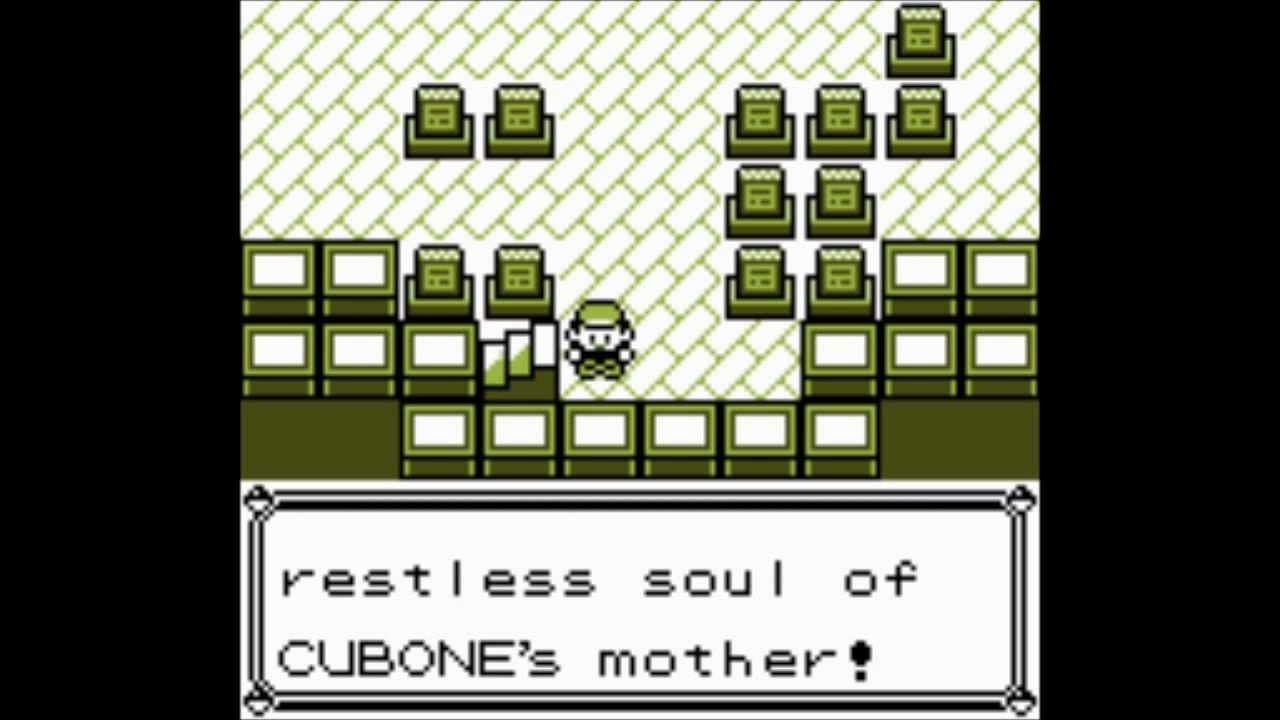Marowak Is Still Pokemon’s Most Tragic Story
The ghost of Marowak lives on, 25 years later
You Are Reading :Marowak Is Still Pokemons Most Tragic Story
Category : Pokemon

For being a children’s game, Pokemon is filled with tragedy and heartbreak. Remember that Haunter you got in a trade holding an Everstone? Just soul-crushing, wasn’t it? Across the anime, the movies, the various games and spin-off titles, Pokemon is full of charm and colour and life – but ever so often, it’s a sad, beautiful, tragic affair. But even 25 years on from Pokemon Red & Blue, nothing has eclipsed the endearing tragedy of Marowak.
Pokemon’s spookiest setting, certainly in Gen 1 if not ever, is Lavender Town. This place sits at the centre of Marowak’s sorrow. Lavender Town is home to the Pokemon Tower, a seven-storey graveyard full of departed ‘mons. It’s a deeply morose building in a game that typically has you barging into rooms on cruise ships and demanding a fight, and what makes it so brilliant is that the game plays it straight.
Yes, there are Pokemon battles, and you’ll fight your rival, but he appears to be there for his own tragic reasons. He challenges you when you meet, and asks you why you’re here if your Pokemon aren’t dead. Blue, or whatever swear word-laden name you gave him, has had a Raticate by his side since the start; this is the first battle in which Raticate is not present, spurring a fan theory that Blue is there to pay his respects to Raticate – that would justify his angry reaction at you wandering around the Tower as a tourist.

But back to Marowak. A ghost haunts the Pokemon Tower. Note, that’s ghost, and not Ghost. Ghost Pokemon are a thing that exist, but this ghost is different. After the usual RPG stuff of finding the right item, having the right conversations, and fighting the right people, you ascend to the Tower’s top floor. You have faced Gastlys and the occasional Haunter to reach this point. Capital-G Ghosts are nothing new. This though, this is different.
You approach cautiously, with as much reverence as your tiny pixelated footsteps can allow. This is not a Ghost. It’s a ghost. The Ghost of Marowak, a Pokemon gone too soon, leaving a helpless Cubone behind. The initial Pokemon anime, and then subsequently Pokemon Origins, both explore this moment in depth. At its core, this is the restless ghost of a mother who fears for the child she has left behind. For creatures we mostly pit against each other in a violent game of Rock, Paper, Scissors where Marowak is a decent Ground type with Electric immunity and super effectiveness against Fire, it’s heartbreakingly raw.
It has become folded into the Pokemon mythos as one of its earliest, greatest narrative moments, which is why Pokemon Origins further immortalised it. You can point out that the PokeDex entries, which implies all Cubones (and therefore all Marowaks) go through this trauma both dilutes the story and makes zero logical sense, but PokeDex entries are not meant to be taken seriously anyway. If you do read up on them though, you’ll see some especially dark Marowak entries. Try this one from Crystal: “Somewhere in the world is a cemetery just for Marowak. It gets its bones from those graves.” There’s also Sun’s: “The bones it possesses were once its mother’s. Its mother’s regrets have become like a vengeful spirit protecting this Pokemon.”

What’s most interesting – and extremely underappreciated – about Marowak’s story is the way Alola absorbed and reinvented this legacy. Marowak received a regional variant in Gen 7, becoming the extremely cool (or hot, I guess) pairing of Ghost-Fire. The Fire part makes perfect sense – its bone club was tweaked to become a tiki torch like the fire jugglers of Hawaii, the place Alola was based upon. But Ghost? The green spiritual flames add a flavour to the design, and fire jugglers work at night, but is Ghost really the obvious dual-typing? Or is it perhaps because Marowak itself is so inseparable from the Ghost-typing because of its legacy that it was the only one that could make sense?
The sorts of ghosts we talk about during spooky season tend to be the sort that jump out of walls, send a chill down your spine, or grab you with cloying fingers. We don’t think about the ones who break our hearts. We don’t think about Marowak – but maybe we should.
See more : PokemonWe
